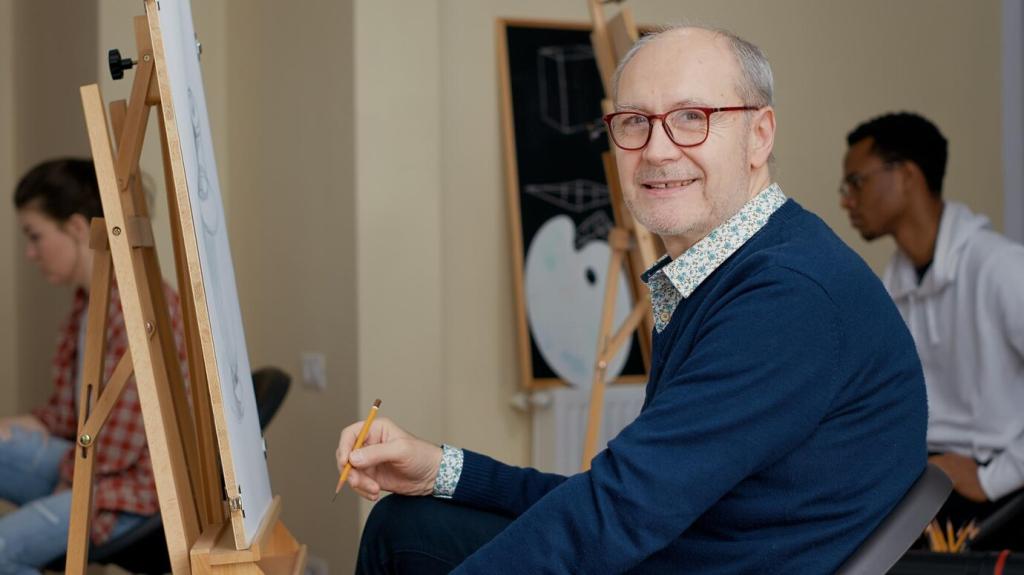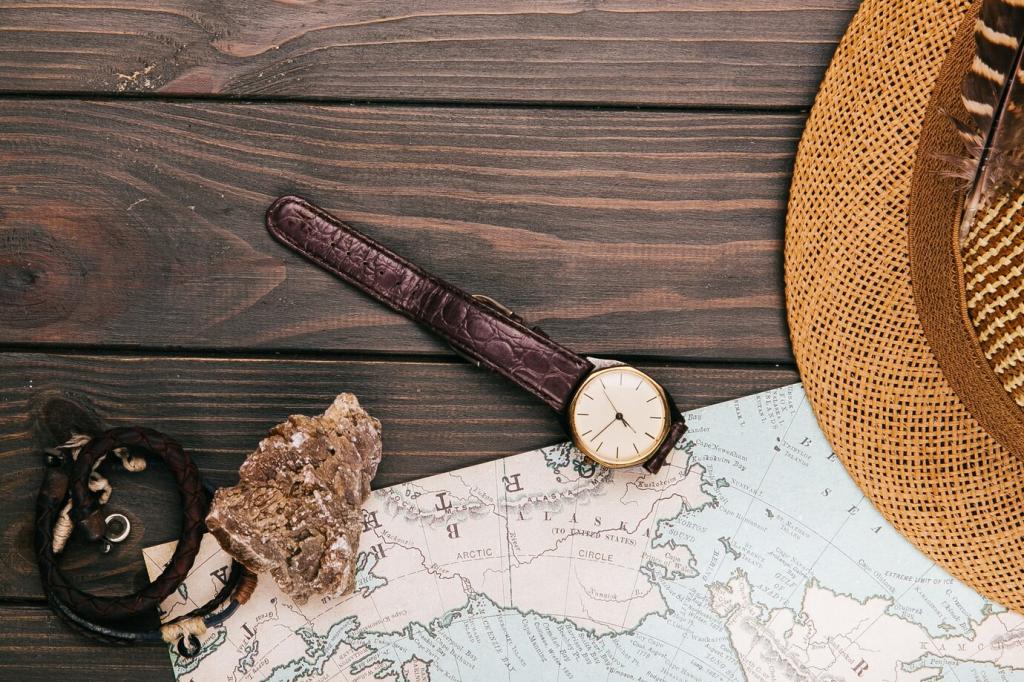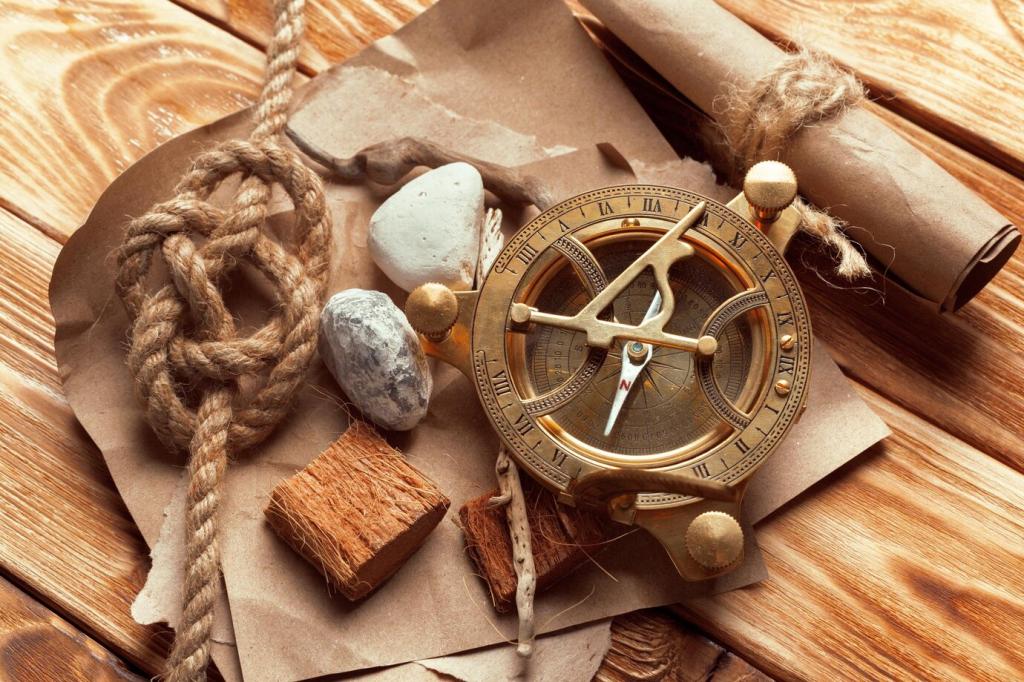
Preservation of Cultural Heritage: Keep Our Stories Alive
Selected Theme: Preservation of Cultural Heritage. Explore why saving artifacts, languages, places, and living traditions matters—and how your small actions can protect our shared memory. Join us, subscribe, and add your voice to a global community of caretakers.
Why Heritage Preservation Matters Today
Bridges Across Generations
A well-loved song, a carefully repaired bowl, a neighborhood festival—these are bridges across time. Preservation lets grandparents and grandchildren share meaning, not just objects. It stitches together fractured timelines so new generations step forward with context, empathy, and pride.
Identity, Dignity, and Belonging
Communities flourish when their stories are honored. Protecting heritage affirms that every voice is worthy of remembrance. In cities shaped by migration, safeguarding diverse traditions helps neighbors recognize themselves in each other, reducing prejudice and strengthening social cohesion.
Livelihoods and Sustainable Futures
Heritage crafts, careful restoration, and community-led tourism create dignified jobs. When preservation values local knowledge, it encourages sustainable practices—repair over replacement, stewardship over extraction—so culture and environment can thrive together for the long term.
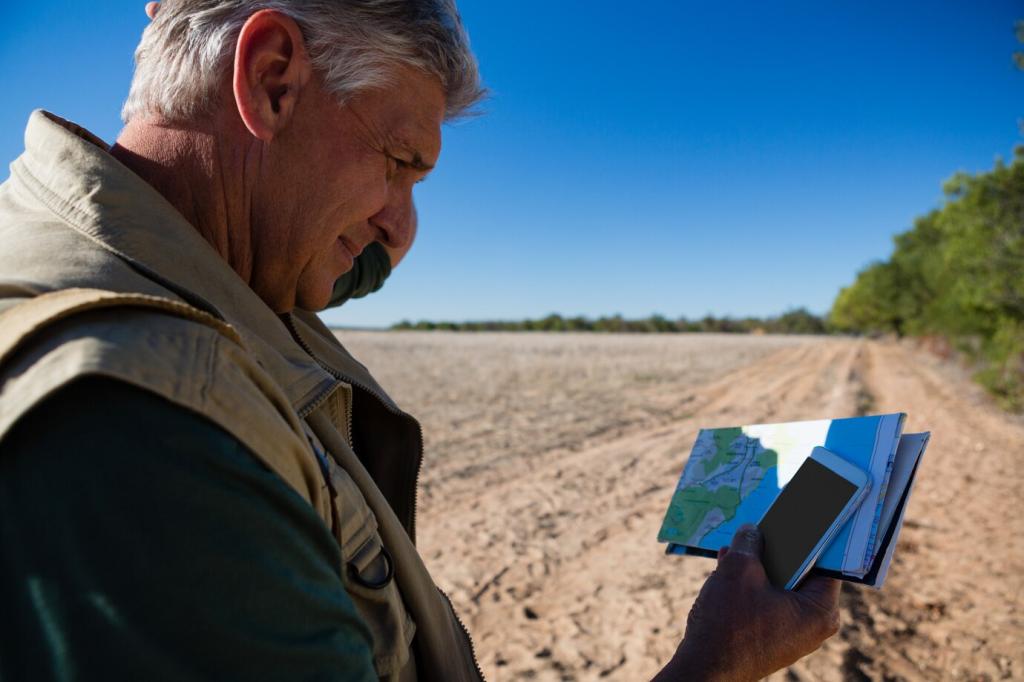
Grandmother’s Trunk: A Family Archive
One reader wrote about a cedar trunk filled with letters, shawls, and a worn recipe card. Documenting each item turned a box into a family archive. Their simple inventory inspired cousins to record oral histories before voices faded, transforming nostalgia into stewardship.
Volunteers Mapping Memory
In many towns, volunteers crowdsource digital maps of historic storefronts, murals, and gathering places. Each geotagged photo becomes a footprint of community life. These maps guide conservation priorities and invite residents to suggest updates, ensuring preservation reflects lived experience.
Schools as Heritage Hubs
Teachers who pair history lessons with interviews of elders create living classrooms. Students digitize photographs, transcribe stories, and curate exhibits in hallways. The result is powerful: teenagers become trusted custodians, and elders see their memories treated with respect and care.
Rescue and Repair: Conservation in Action
Conservators study materials before touching a single fiber. They test reversible adhesives, monitor humidity, and document every step. The goal is not to make an object look new, but to stabilize it so future generations inherit both the item and its honest history.
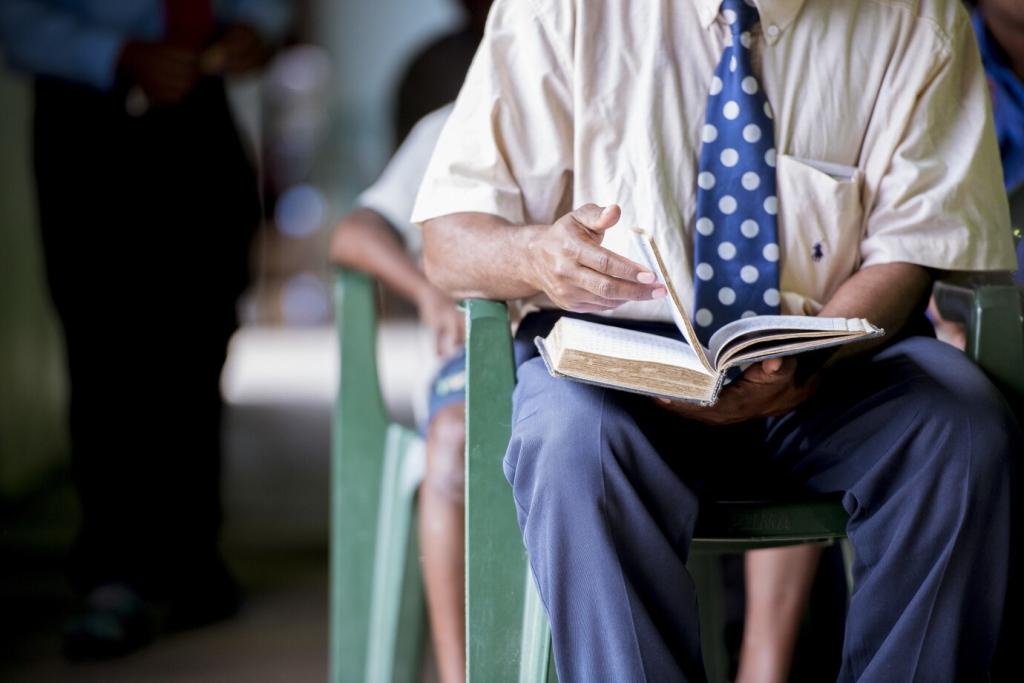
Living Traditions: Safeguarding the Intangible
A folk melody held in memory can outlast paper and stone. Recording choirs in community halls captures harmonies, but workshops where youth learn to sing keep the tradition breathing. Participation, not storage, is the heartbeat of intangible heritage.
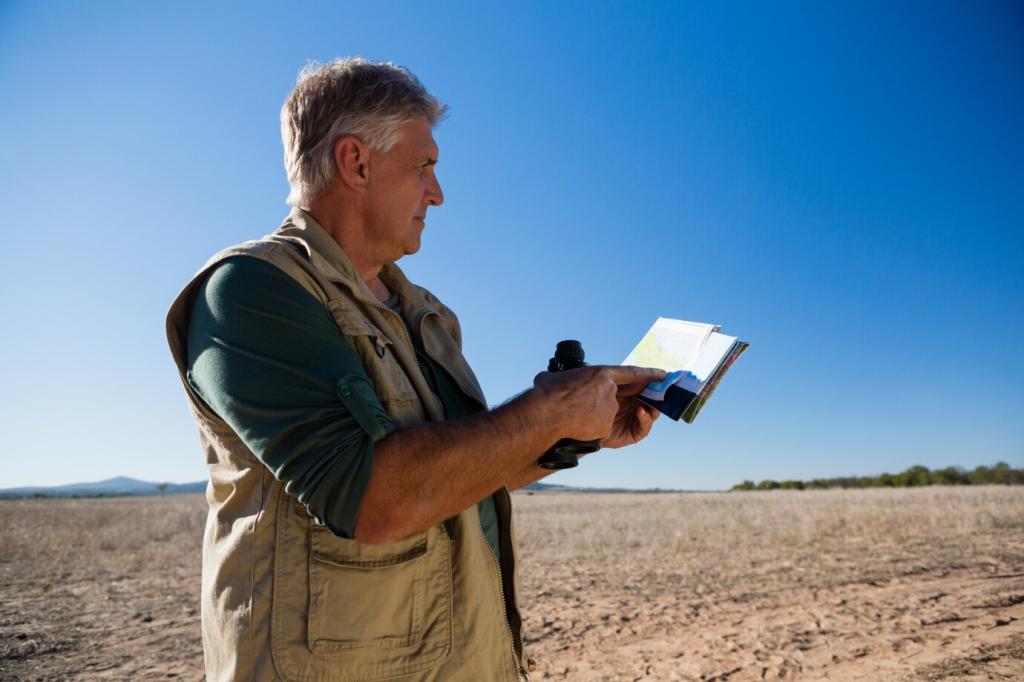
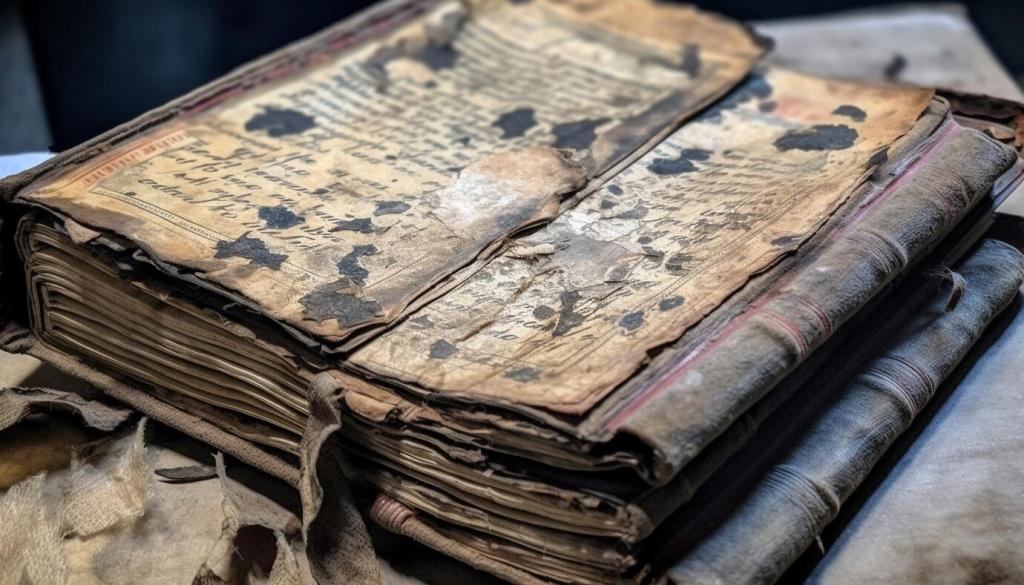
Living Traditions: Safeguarding the Intangible
Language nests—immersive spaces led by fluent elders—have helped revive endangered tongues. Children absorb grammar through stories and games, while caregivers learn side by side. Every new speaker becomes a living archive, turning revival into a joyful, communal endeavor.
Digital Lifelines: Technology to Save Memory
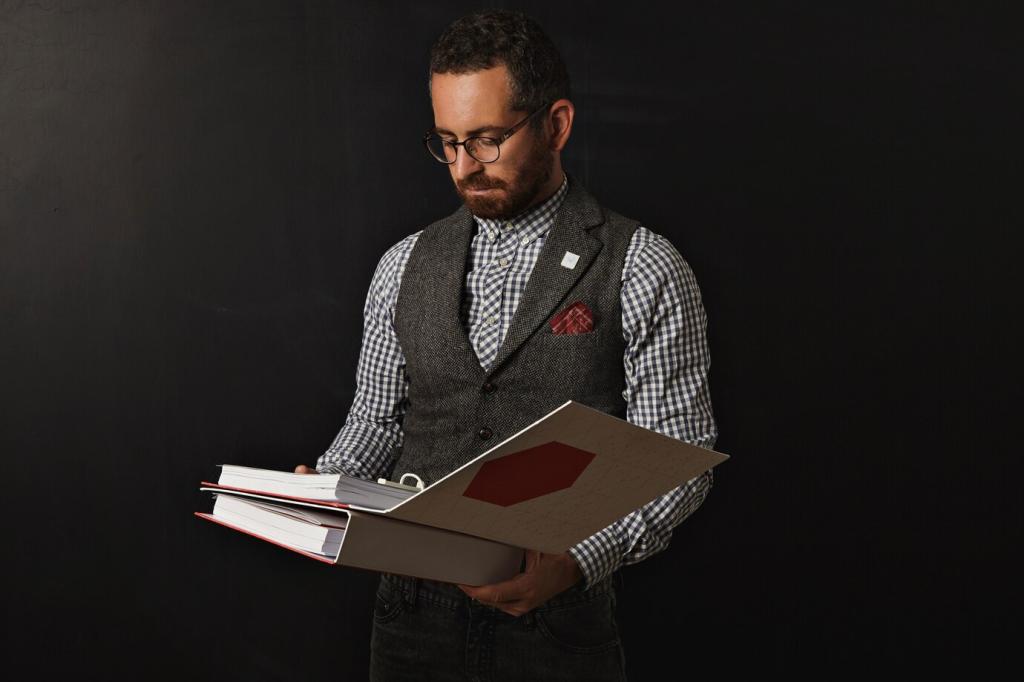
3D Scans and Virtual Rebuilds
High-resolution photogrammetry and lidar create precise models of statues, carvings, and threatened sites. Virtual reconstructions support research, education, and disaster planning, allowing people worldwide to explore heritage respectfully while reducing physical handling and wear.
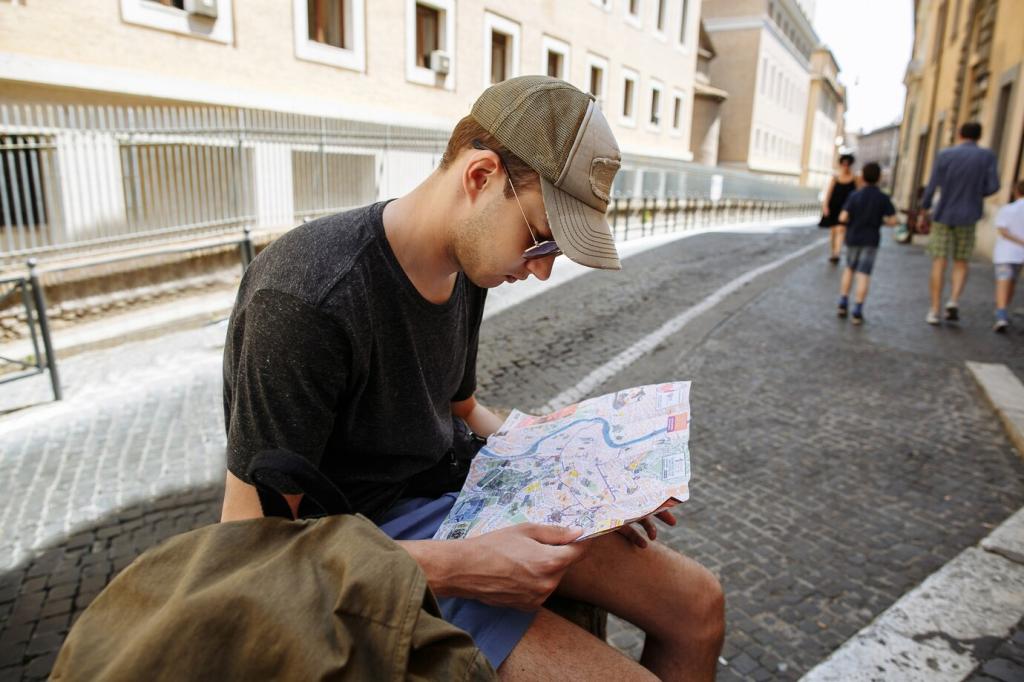
Open Archives, Open Futures
When communities choose open-access platforms, diaspora members can reconnect with photos, newspapers, and oral histories. Clear permissions, culturally sensitive metadata, and multilingual descriptions ensure access supports dignity, not exploitation, and invites collaborative storytelling.
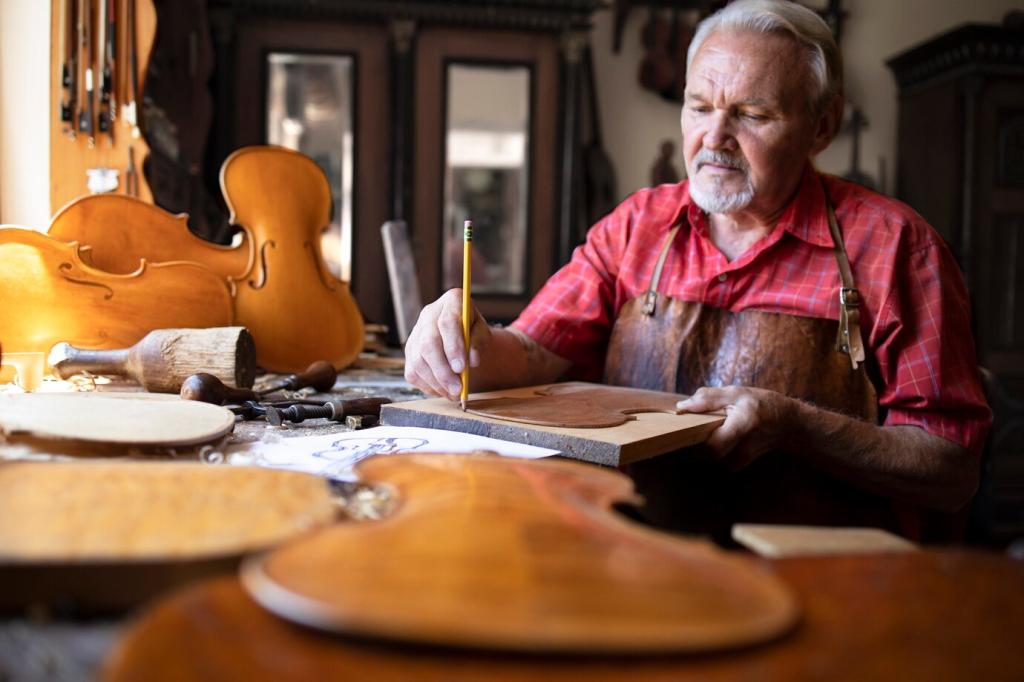
Backups Against Oblivion
Bit rot and server failures threaten digital memory. Following the LOCKSS principle—Lots Of Copies Keep Stuff Safe—institutions and families alike should maintain off-site backups, checksum verification, and simple, future-friendly file formats to safeguard their cultural data.
Stewardship and Justice: Repatriation and Rights
01
Every artifact carries a journey. Provenance research traces ownership and context, revealing whether an item was acquired ethically. Transparent records help right past wrongs and rebuild trust between institutions and communities seeking the return of their heritage.
02
Collaborative agreements can enable shared custody, traveling exhibits, and long-term loans guided by community priorities. Dialogue turns museums from vaults into partners, centering cultural meaning over mere display and ensuring objects are interpreted with living voices.
03
Protocols developed by Indigenous communities guide respectful access to songs, stories, and sacred materials. Consent-driven, seasonal, and gender-specific guidelines protect knowledge systems while allowing learning. Supporting these protocols is an essential act of preservation and justice.
